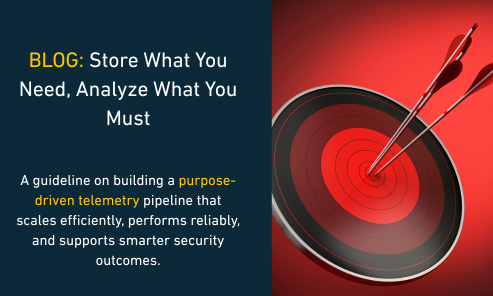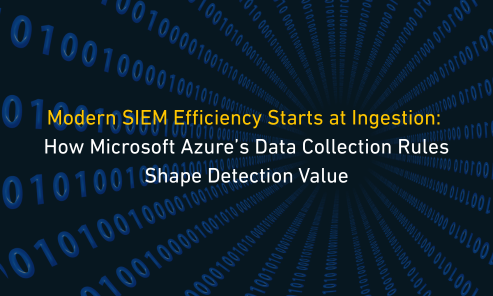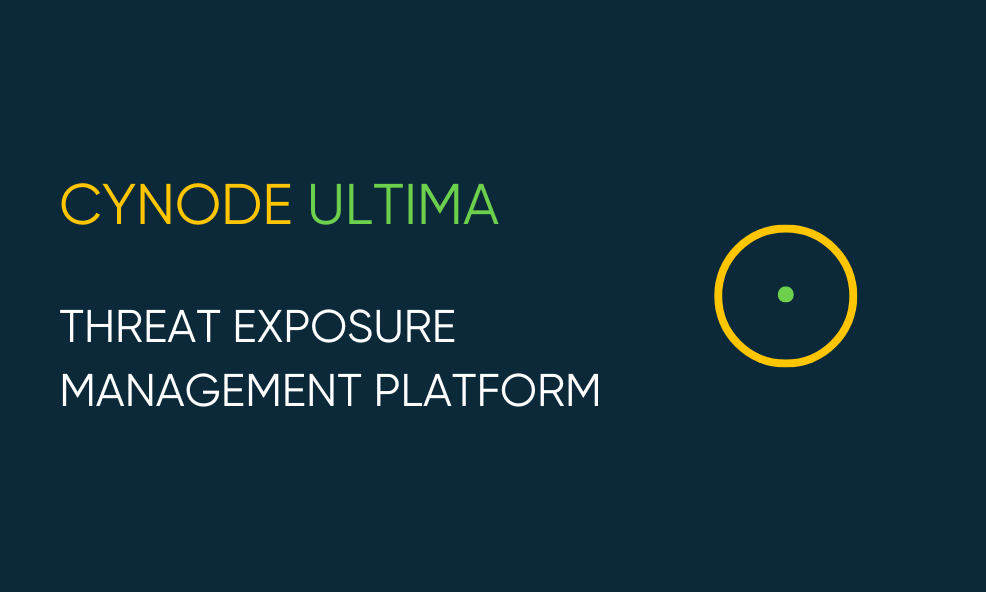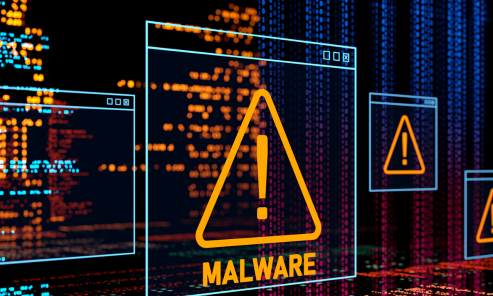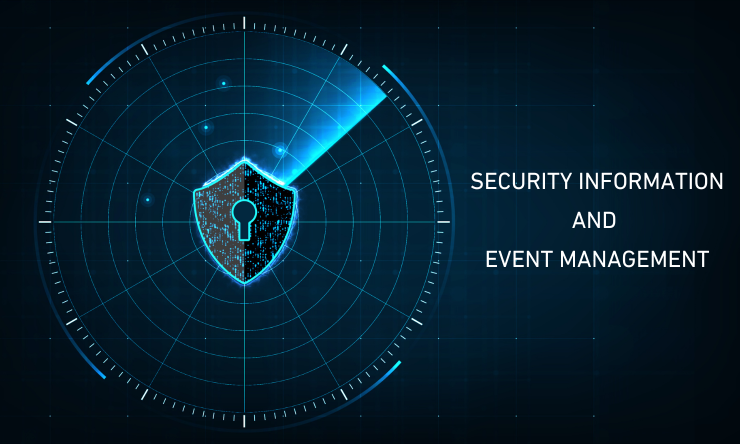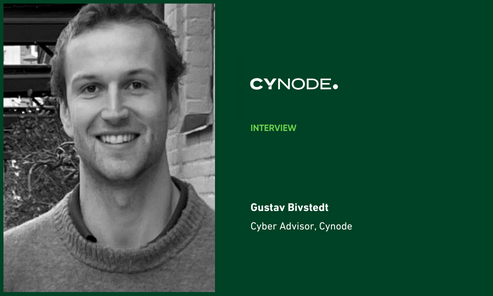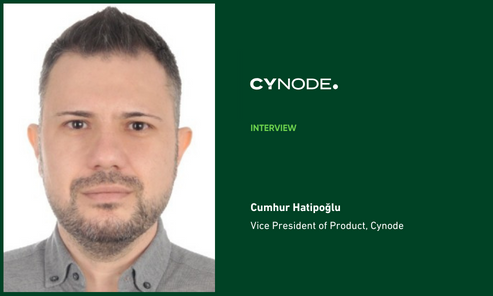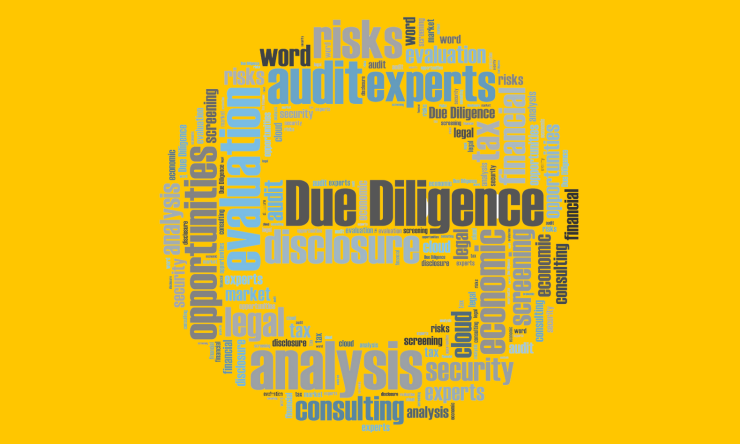RESOURCES

Investing in Dark Web Monitoring: A Practical Guide for Strategic Decision-Making
Should you invest in a Dark Web Monitoring service? The answer is not as straightforward as you might think—it really depends. Whilst Dark Web Monitoring is undoubtedly valuable, where does it rank in your list of priorities? For instance, if you have a limited budget, should you invest in Dark Web Monitoring or a Security Awareness Programme? The answers to such questions vary for each organisation, but there are some general principles that can guide your decision-making process.
Broadly speaking, Dark Web Monitoring tells you two things: (1) if you have been breached and your sensitive data has been leaked at some point, and (2) if hackers are currently planning a targeted attack against your company using previously breached data or publicly accessible information. While these aspects are extremely valuable to know, the first piece of advice here is that you should not invest in a Dark Web monitoring tool or service if:
- you do not have the capacity or defined plans to act on the findings.
- the Dark Web Monitoring is not part of a larger set of cybersecurity action plans whereby concepts such as employee awareness, incident response plans, multi-factor authentication are also defined and in your arsenal.
Another consideration is whether you are buying the right Dark Web Monitoring Service. Today's commercialisation of Dark Web & Threat Intelligence Services is based on providing different categories of information to customers. The more categories you buy, the more you pay. Many customers opt only for credential leak information or dark web mentions to stay within their budget. However, considering modern attack methods, identifying a hacker's or threat actor's preparation against an organisation requires comprehensive coverage of the dark, deep, and surface web. This includes revealing third-party related leaks, fake social media accounts, look-alike domains, hacker communications, and more. Those considering a Dark Web Monitoring solution should aim for one that offers the widest range of information categories in its entry-level license.
Threat actors don't always start from scratch when targeting an enterprise or individual application. Often, they choose their targets based on practical information that has already leaked. This means a compromised account is not always obtained through a brute-force attack. Instead, an attacker might find login information in a data dump on a dark web forum and use this readily available information to launch a Business Email Compromise (BEC) attack. Such attacks are often equipped with Adversary-in-the-Middle (AitM) and phishing techniques that utilise recently registered look-alike domains.
Additionally, Detection and Response services detect activity only after it has become an actual threat. They may identify threats in the early stages or react very late, depending on the circumstances. Unfortunately, some threats remain undetected in enterprise networks, even after they turn into breaches. This occurs not just because of limitations in Detection and Response services—the threats themselves can be highly sophisticated.
These facts create a cycle: enterprises experience data leaks, which result in some actors targeting them. They then face threats and breaches, leading to further leaks.
Consequently, Dark Web monitoring emerges as a crucial component of an organisation's security arsenal. It helps detect intelligence before, during, and after breaches, assess the criticality of this information, and aids in identifying appropriate countermeasures.
This is why Dark Web monitoring must be comprehensive. It should monitor all aspects that may contain critical information and intellectual property. Monitoring leaked credentials alone only reveals the aftermath of a completed attack and helps prevent future ones—it doesn't show what happened or how the breach occurred. The threat actor may remain undetected in the network, potentially selling intellectual property on the dark web or preparing for further financial exploitation.
Finally, whilst conducting this monitoring, it's crucial to eliminate false positives to avoid wasting the precious time of cybersecurity teams and operations. You cannot overwhelm security operations with outdated leak information (something found and dealt with years ago, credentials of an employee who has already left the company and had all their accounts revoked, etc) or with a false positive finding (a domain looks like a look-alike domain but actually a legitimate domain etc). The service or the tool you plan to invest should have the capability to filter out the noise based on your company’s requirements.
Also, there are some use cases, you definitely need dark web monitoring service or tool, no matter what:
- Mergers and Acquisitions: When considering a company for acquisition, Dark Web Monitoring should be part of your cyber due diligence. It reveals potential security risks and data exposures related to the target company, helping you avoid inheriting unforeseen issues as a result of the M&A transaction.
- Financial Institutions: Companies dealing with extensive financial transactions are prime targets for social engineering attacks like Business Email Compromise (BEC). Dark Web Monitoring can provide early warnings of such threats.
- Supply chain-intensive operations: Monitor companies in your supply chain for data breaches. A breach affecting a partner company may expose your company's sensitive information.
- High-Risk Industries: Organisations in sectors like healthcare, government, or critical infrastructure which handle sensitive data, can benefit significantly from the threat intelligence provided by Dark Web Monitoring.
Conclusion: A Tool in Your Cybersecurity Arsenal
Dark Web Monitoring can be a powerful tool in your cybersecurity arsenal, but it's not a silver bullet. Its value depends on how well it integrates with your overall security strategy and your ability to act on the intelligence it provides. Before investing, assess your organisation's specific needs, risks, and resources. Remember, cybersecurity is not about having every tool available, but about having the right tools that work together effectively to protect your digital assets.
To explore Cynode’s Dark Web Monitoring you can visit https://cynode.com/services/proactive-hardening-services/dark-web-monitoring-services or request a 10-day free Dark Web Monitoring service herehttps://cynode.com/cynode-free-services
